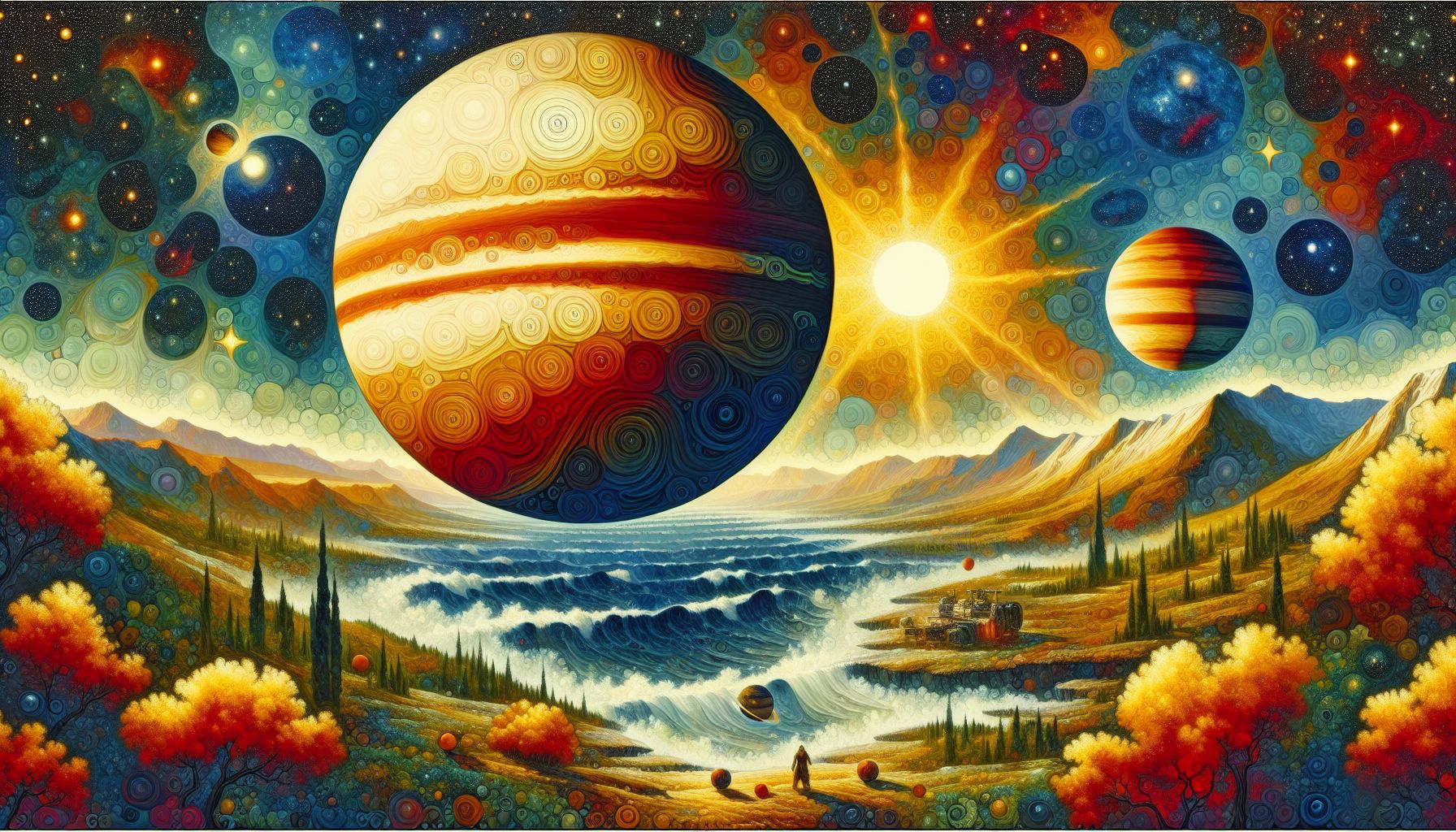earth-sized exoplanet discovered 55 light-years away

Astronomers have found an Earth-sized exoplanet, SPECULOOS-3 b, orbiting an ultracool red dwarf star 55 light-years away. The James Webb Space Telescope will study its surface.
Discovery and the SPECULOOS Project
The discovery was made by a research team led by Michael Gillon at the University of Liège in Belgium. This team is part of the SPECULOOS project, which focuses on exploring ultra-cool dwarf stars for potential planetary systems. SPECULOOS-3 b orbits a star named SPECULOOS-3, which is as small as Jupiter and twice as cold as the Sun, with an average temperature of 2,627°C. This discovery marks the second planetary system found around an ultra-cool red dwarf star, following the TRAPPIST-1 system discovered in 2017[1].
Unique Characteristics of SPECULOOS-3 b
SPECULOOS-3 b, despite its Earth-like size, is vastly different from our home planet. It is a rocky world that lacks an atmosphere, making the presence of liquid water impossible. The planet is tidally locked, meaning one side always faces the star while the other remains in perpetual darkness. This results in never-ending days and nights on the planet. An orbit around its star, a year on SPECULOOS-3 b, takes approximately 17 hours[2].
Potential for Scientific Study
NASA’s James Webb Space Telescope is set to study the surface of SPECULOOS-3 b, providing unprecedented insights into its composition. This will be the first time such a detailed examination is conducted on a planet of this size and similarity to Earth. The study aims to understand the planet’s mineralogy and geological processes, which could offer clues about the formation and evolution of rocky planets beyond our solar system[3].
Implications for Future Research
The discovery of SPECULOOS-3 b is a significant milestone in the search for Earth-like exoplanets. Although the planet itself is not habitable due to high radiation levels and the absence of an atmosphere, it provides a valuable benchmark for future studies. Researchers hope to use the data gathered from SPECULOOS-3 b to refine their search for potentially habitable worlds around other ultra-cool dwarf stars. The SPECULOOS project, with its network of robotic telescopes, continues to be at the forefront of this exciting field of astronomy[4].

